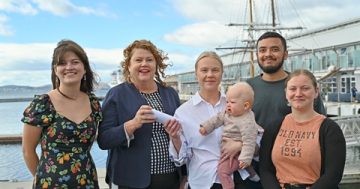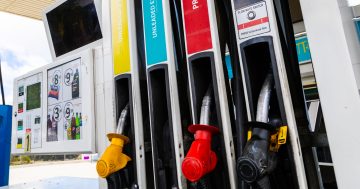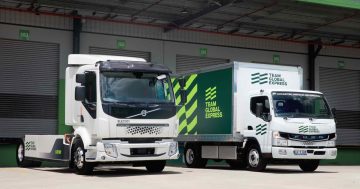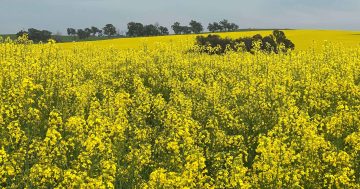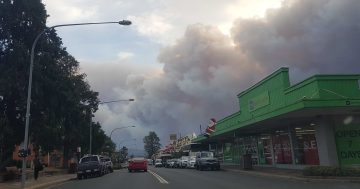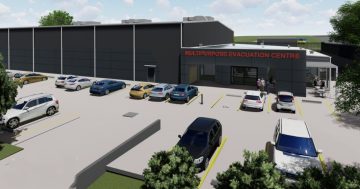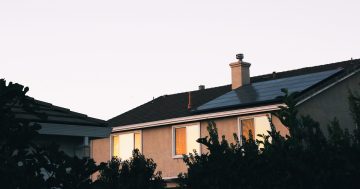 The Department of Planning, Industry and Environment (DPIE) has launched a strategy to improve air quality, reduce air emissions and protect communities.
The Department of Planning, Industry and Environment (DPIE) has launched a strategy to improve air quality, reduce air emissions and protect communities.
Welcoming the NSW Clean Air Strategy 2021–30, Minister for the Environment, James Griffin said the Strategy presented a whole-of-Government approach to improve air quality and health for people who lived and worked in cities and regions across NSW.
“Air pollution still occurs in NSW cities and regions and ongoing action remains vital to keep ahead of the curve, as forces such as growth and climate change increase pressures on air quality,” Mr Griffin said.
“Activities we undertake every day affect the air we breathe,” he said.
“How we travel and heat our homes and the industries producing our goods and services emit a range of air pollutants that can affect our health.”
Mr Griffin said people could also be exposed to harmful levels of air pollution during extreme events such as bushfires and dust storms.
The Minister said DPIE’s Clean Air Strategy set out five priority areas where the biggest gains could be made, including better preparedness for pollution events; cleaner industry; cleaner transport; engines and fuels; healthier homes; and better places.
He said Strategy actions and integration with other major Government initiatives would help support liveable communities, healthy environments and the economy by reducing the adverse effects of air pollution on human health.
“Actions to manage community exposure to pollution, day-to-day and during events such as bushfires, will bring immediate health gains,” he said.
“Ongoing emission reductions from priority sources, and planning and place design that help protect people from pollution, will deliver long-term wins.”
Mr Griffin said the Strategy was “strongly grounded” in the health, scientific and economic evidence on where the greatest benefits could be achieved.
The Department’s 45-page Strategy can be accessed at this PS News link.


